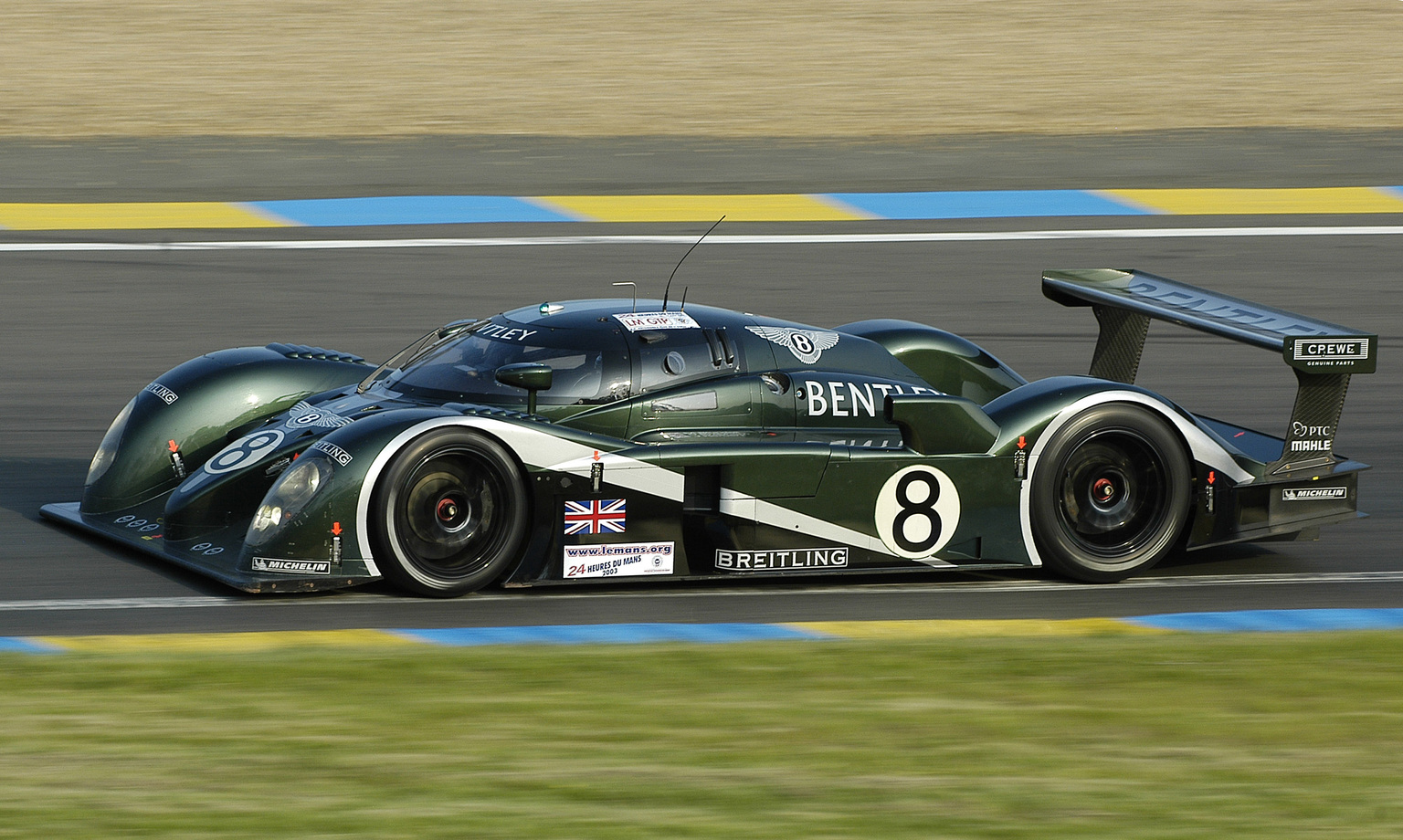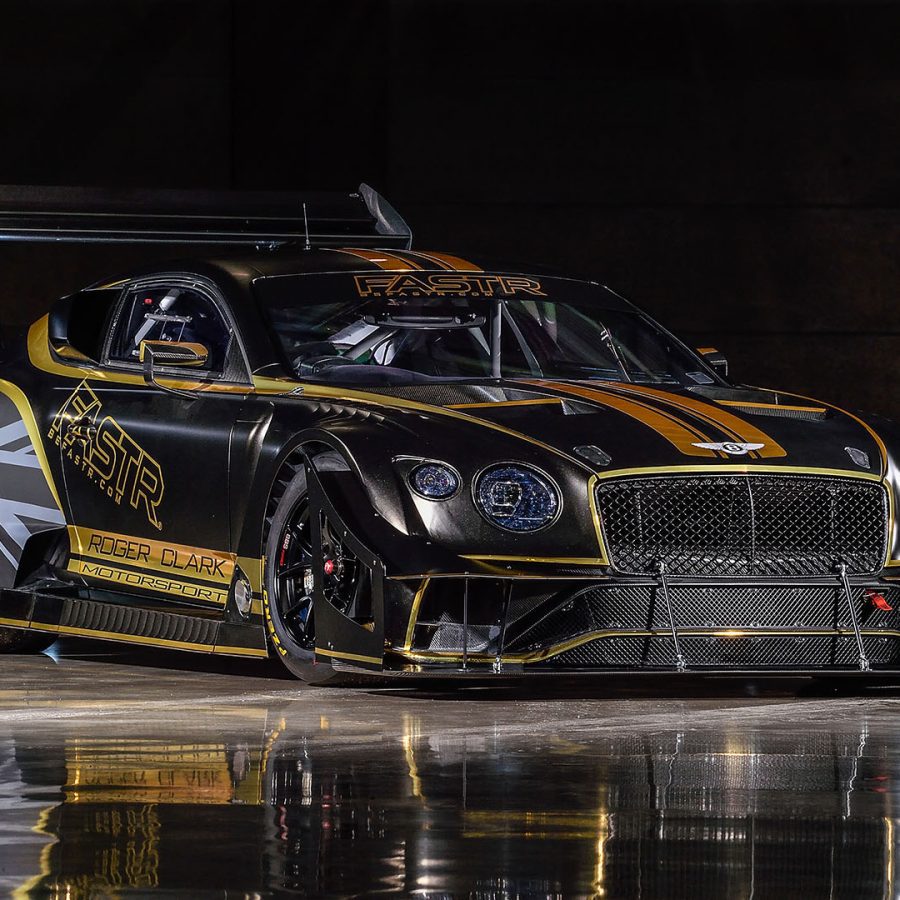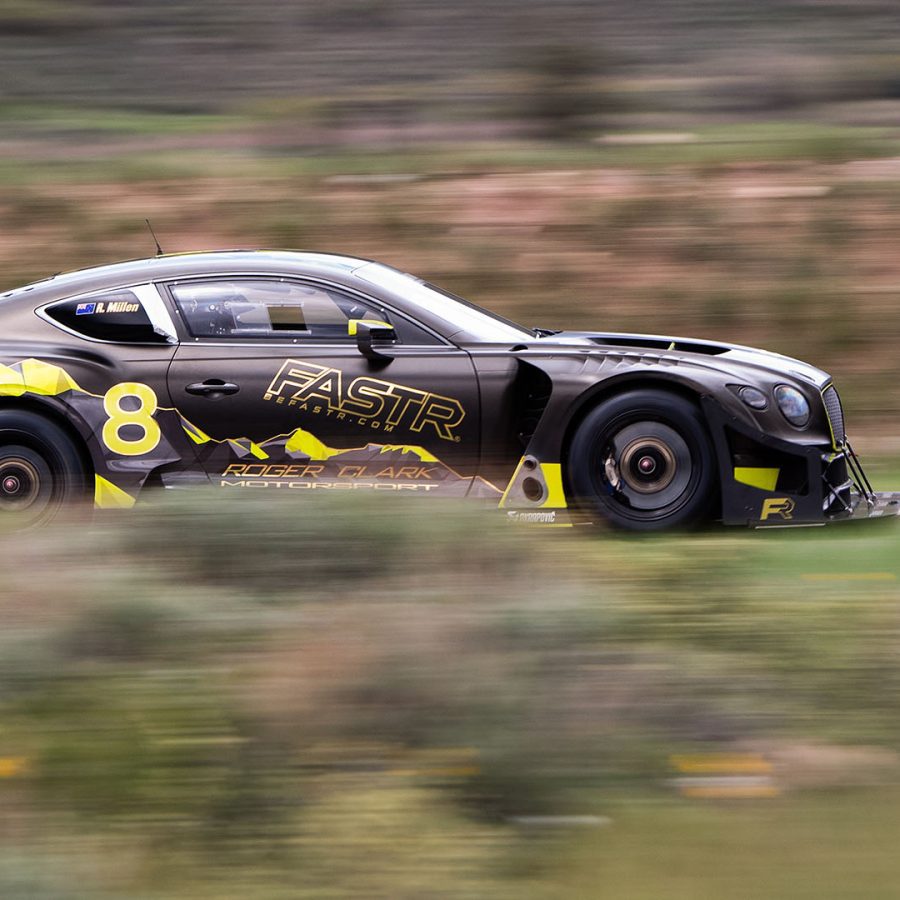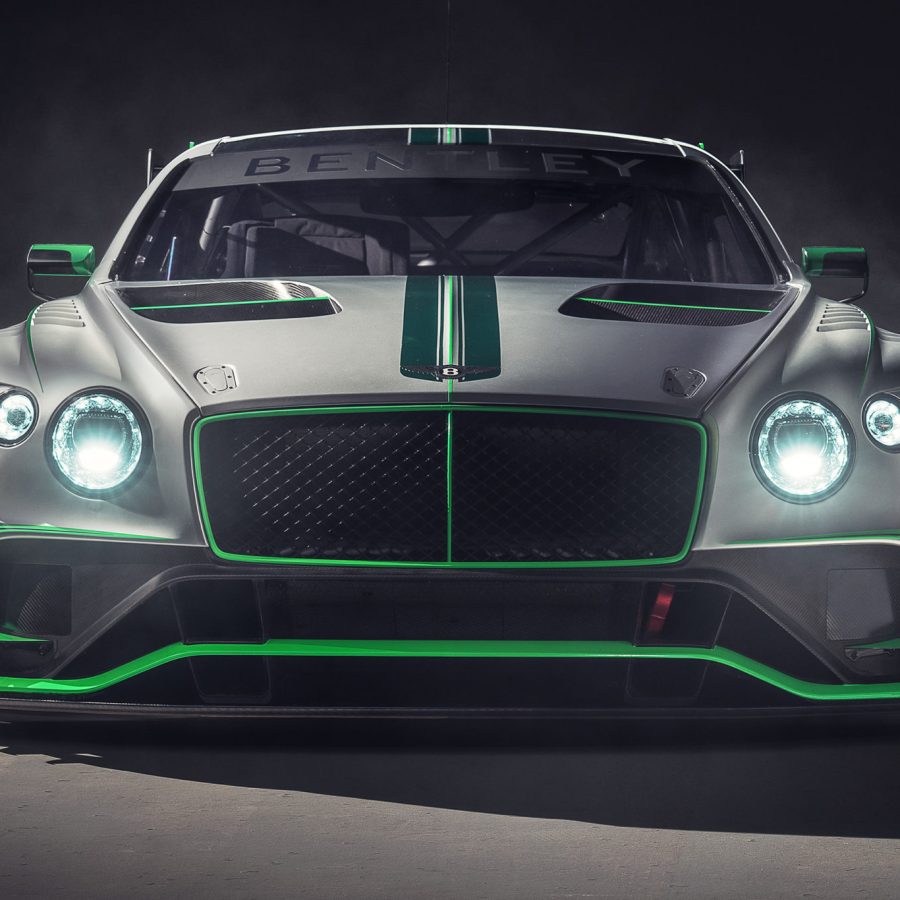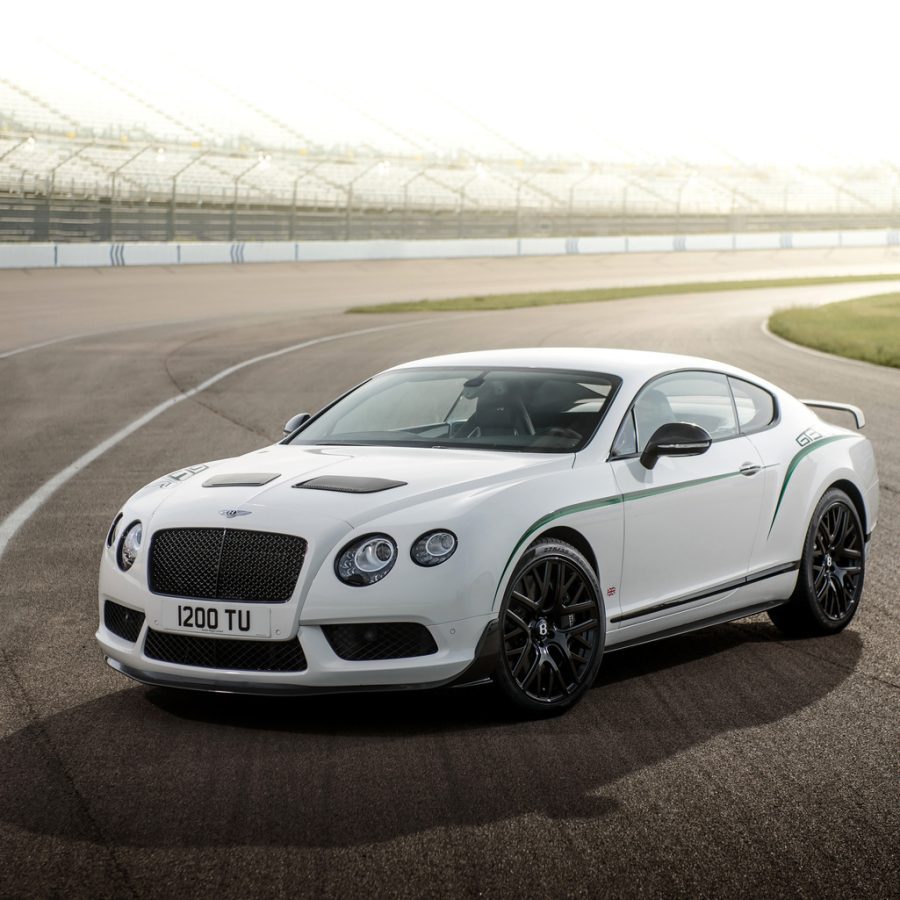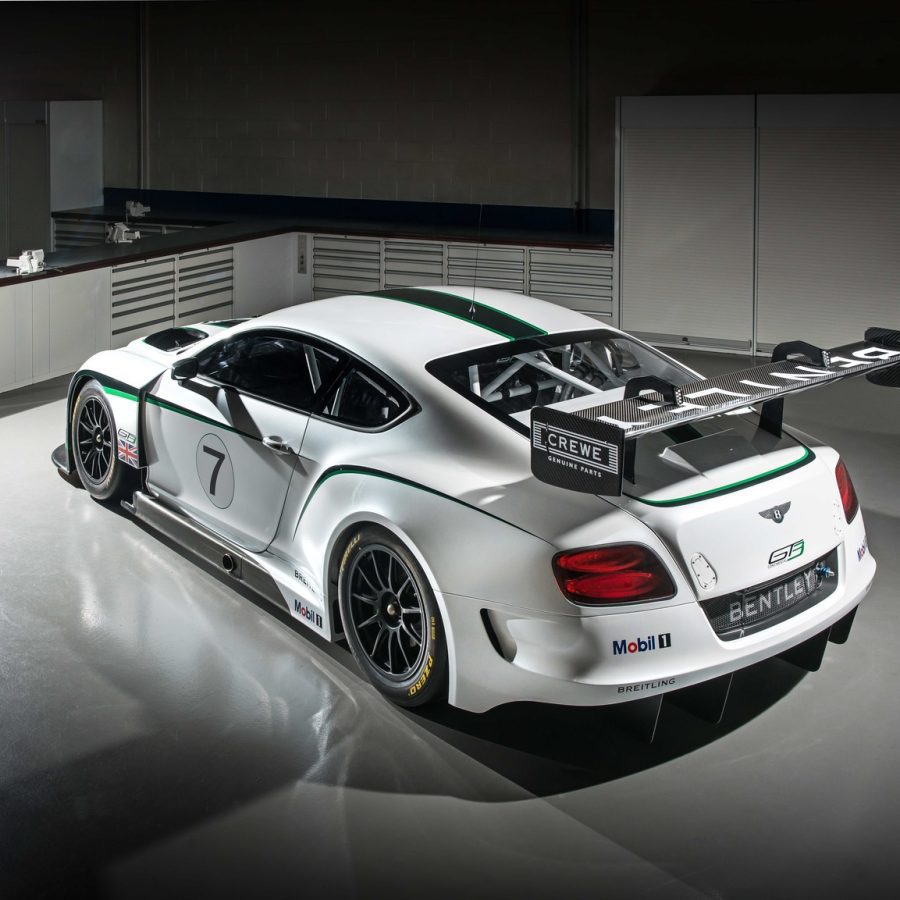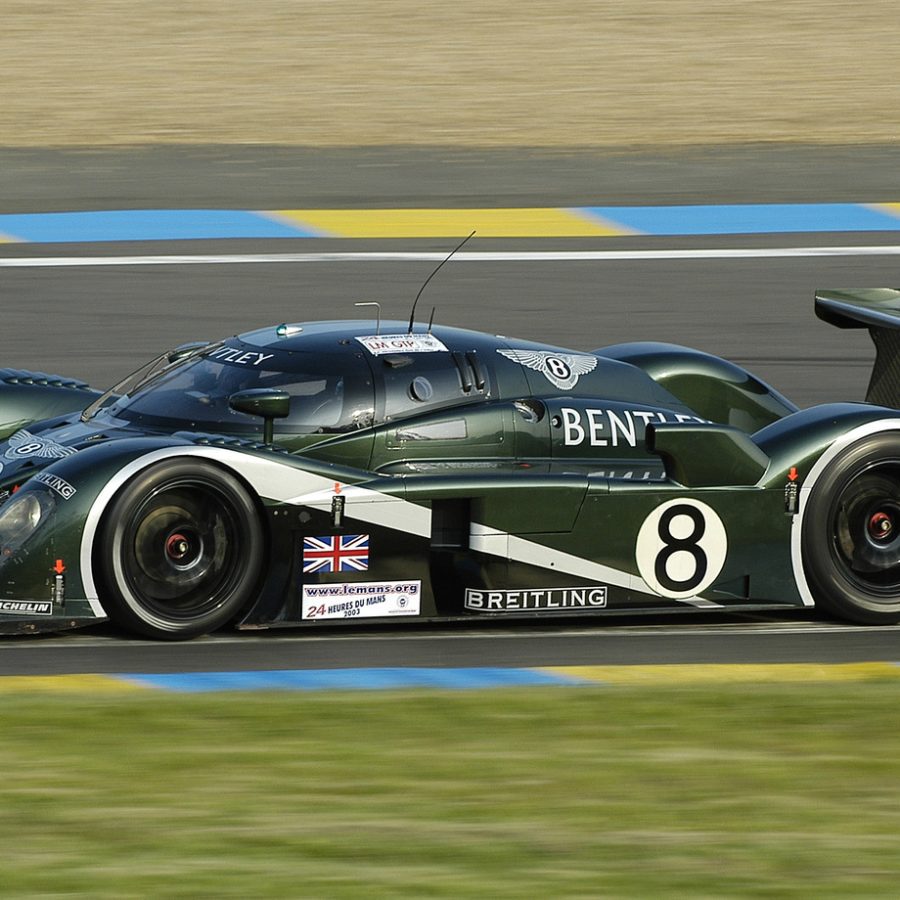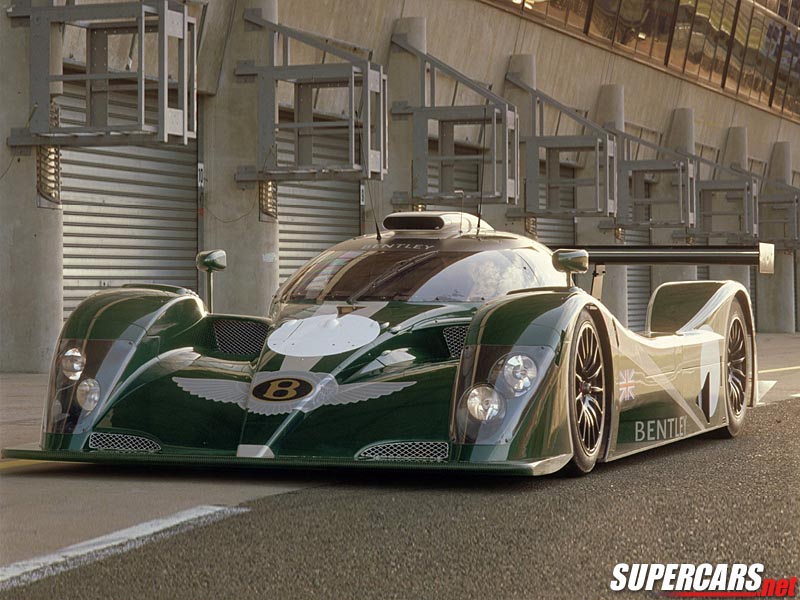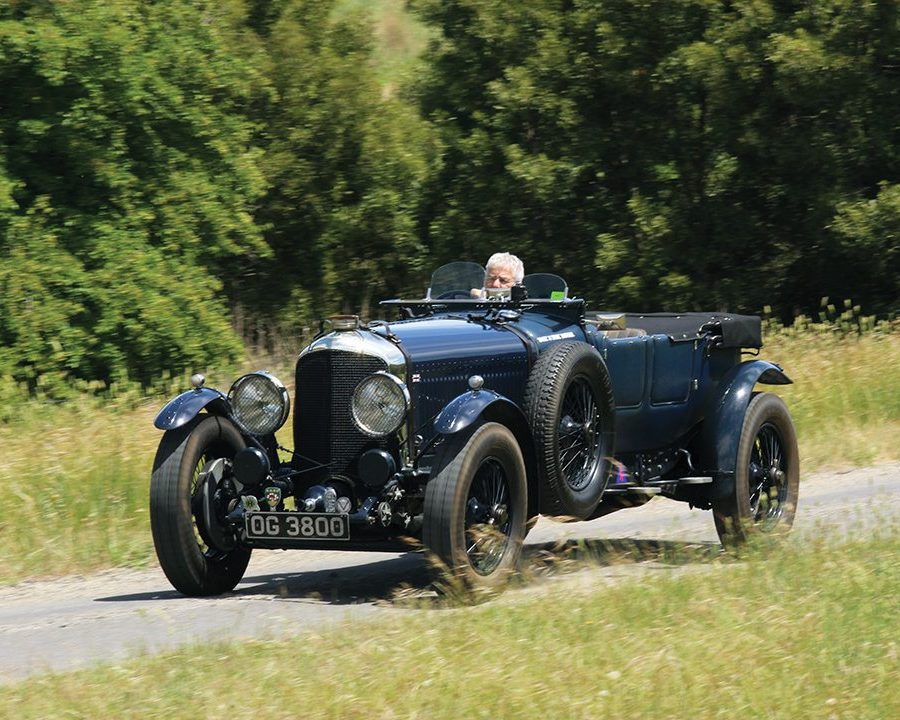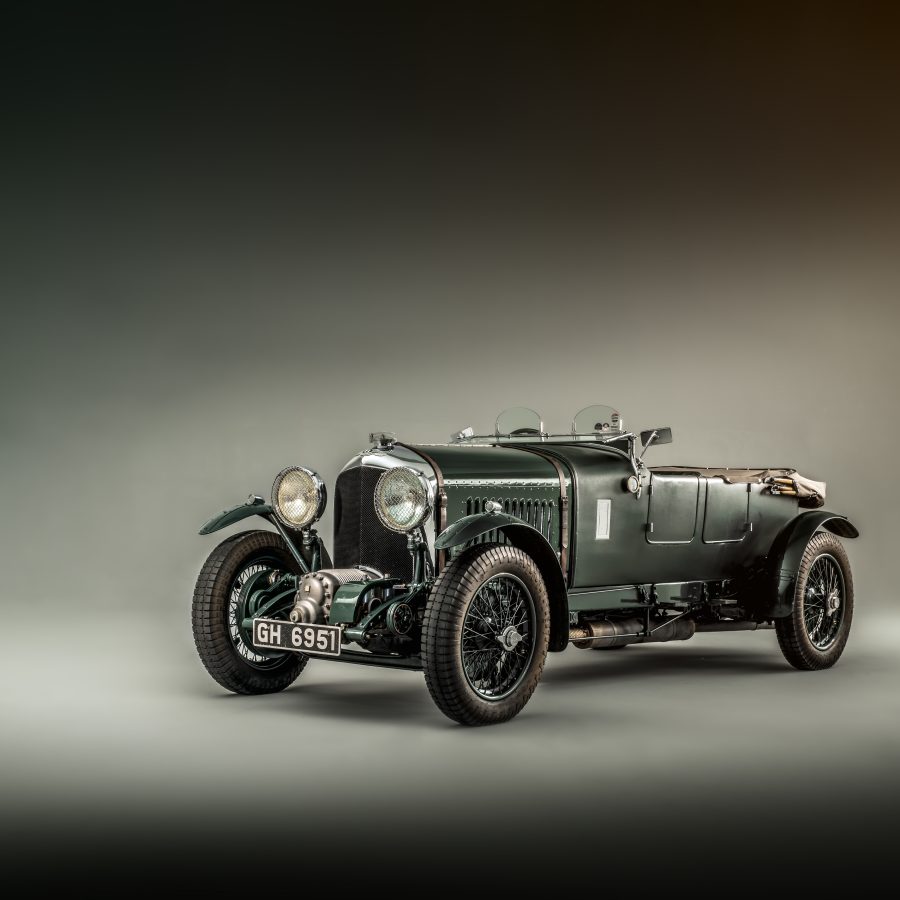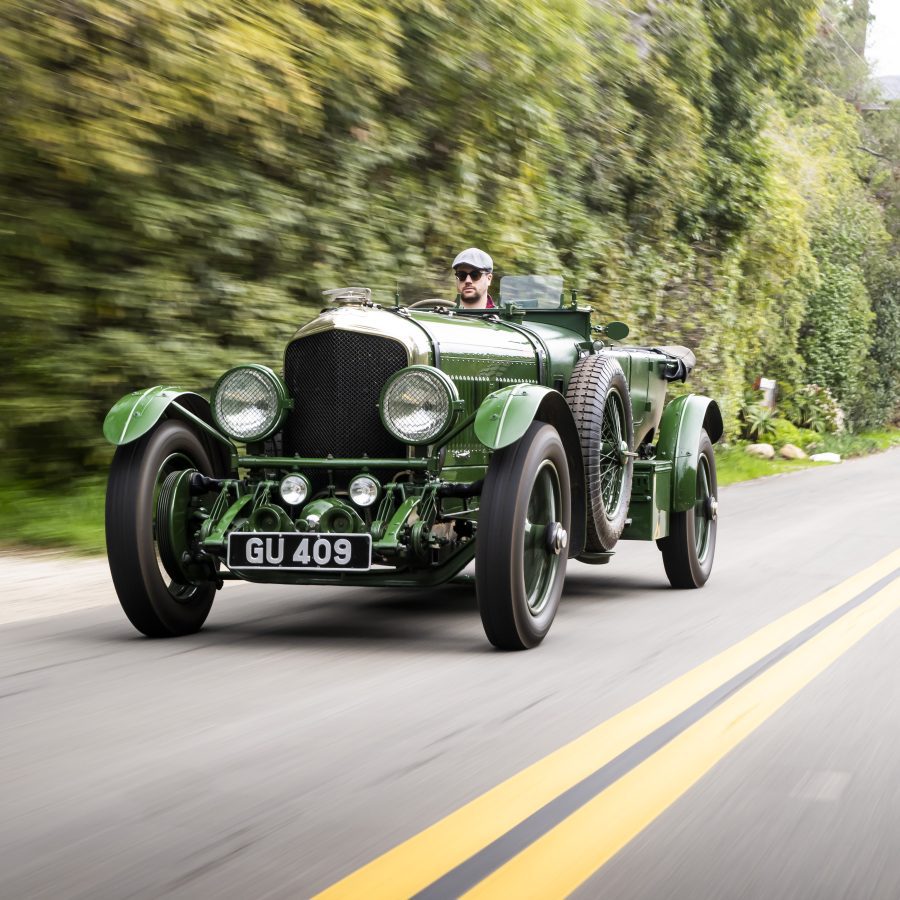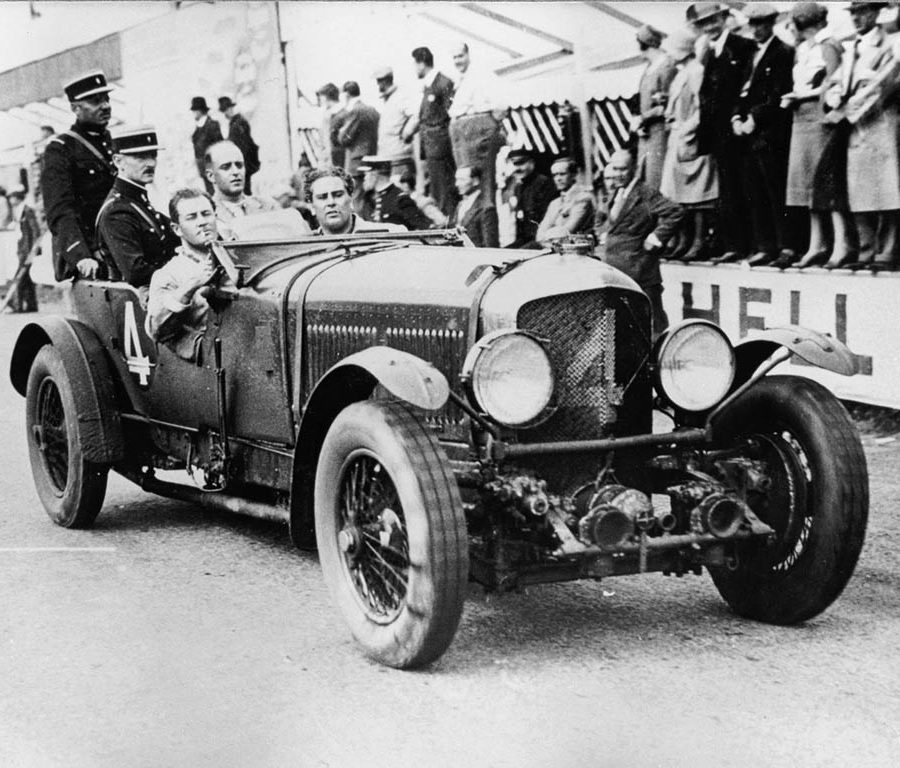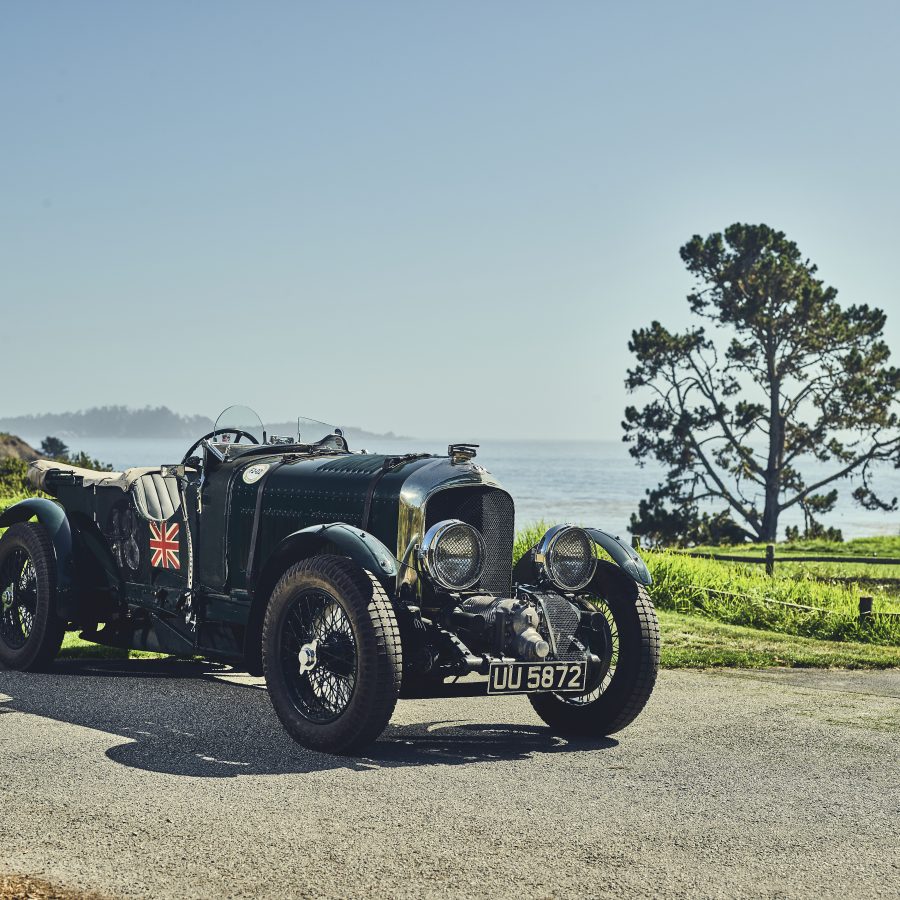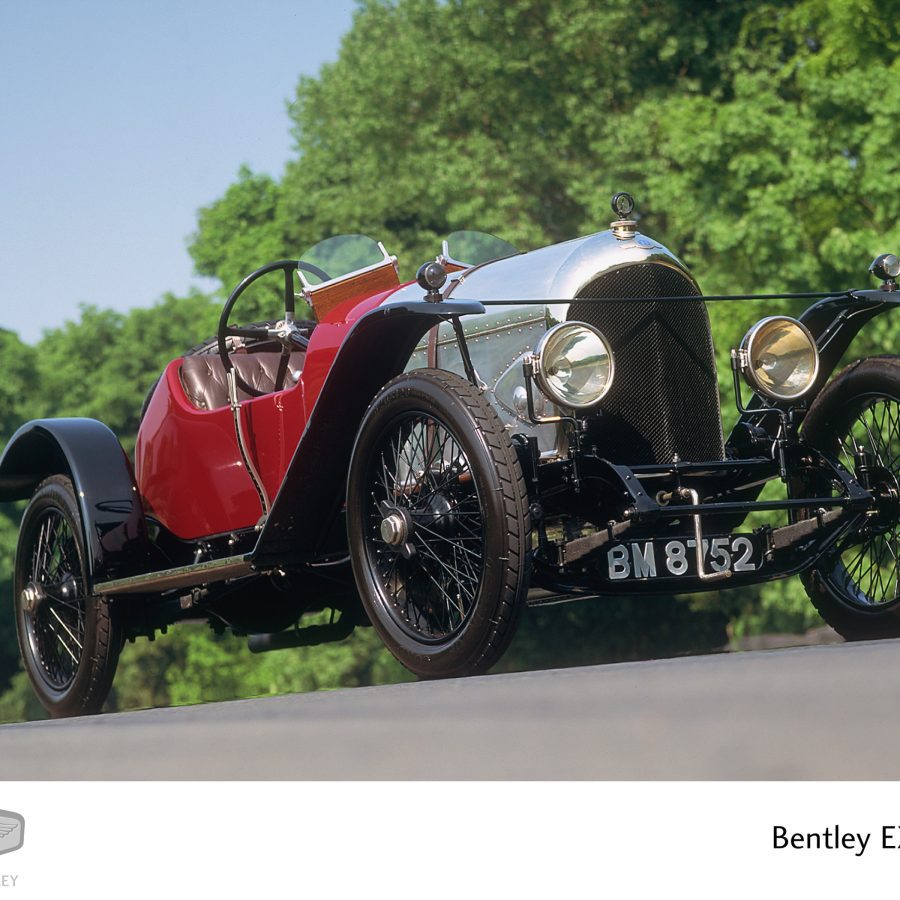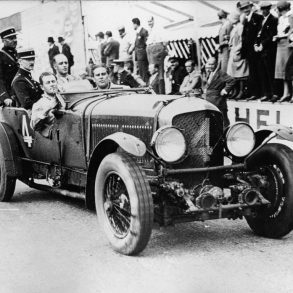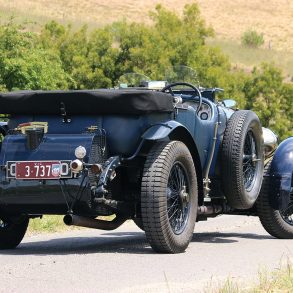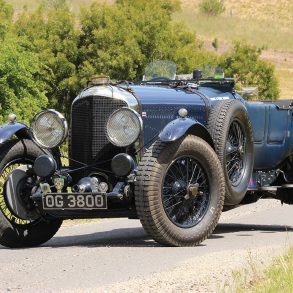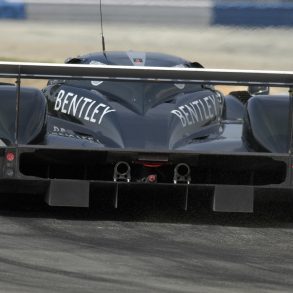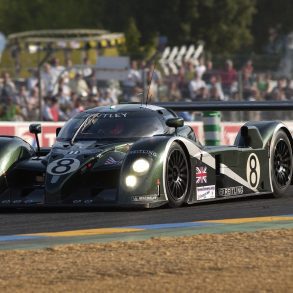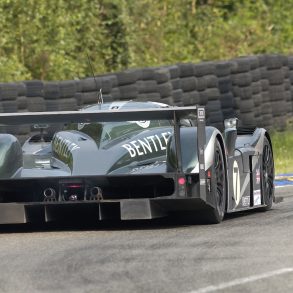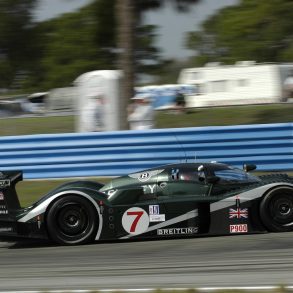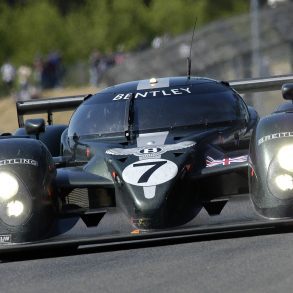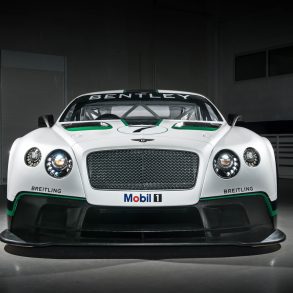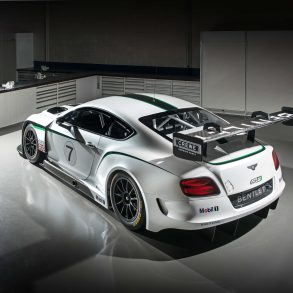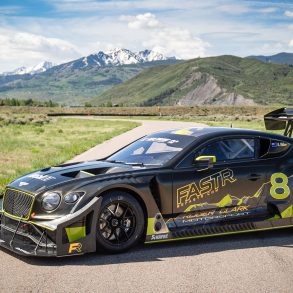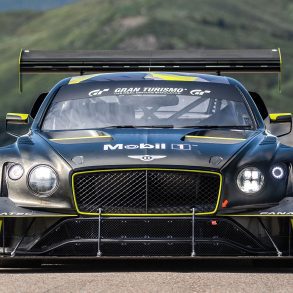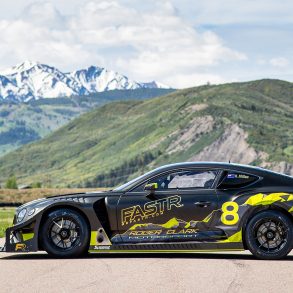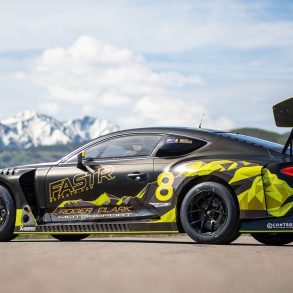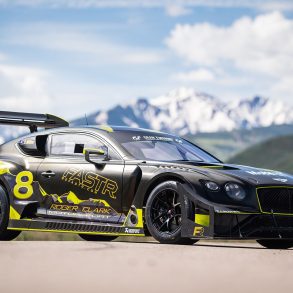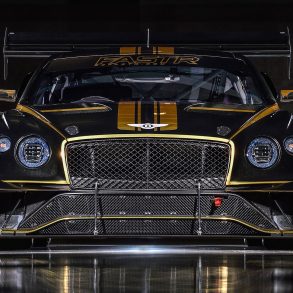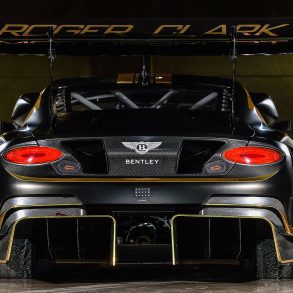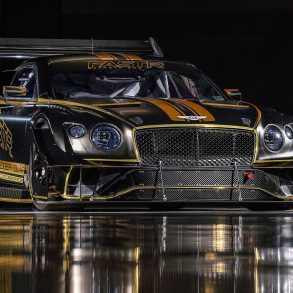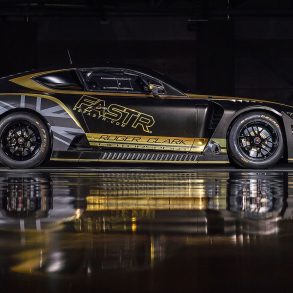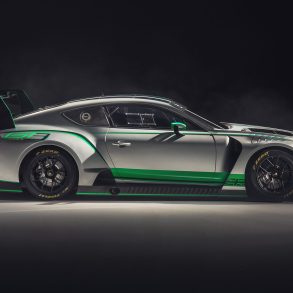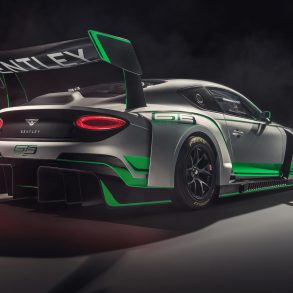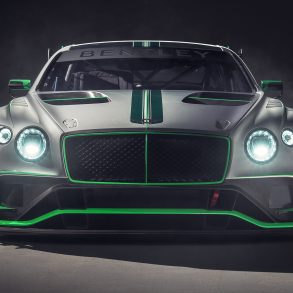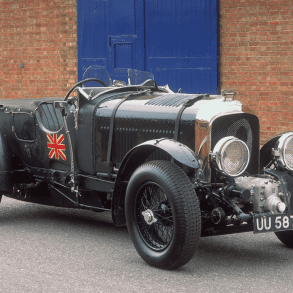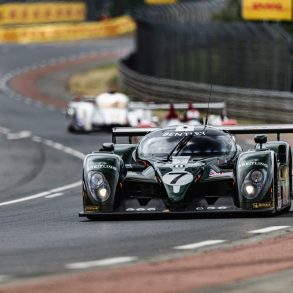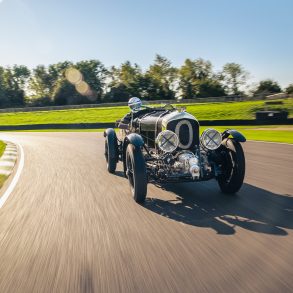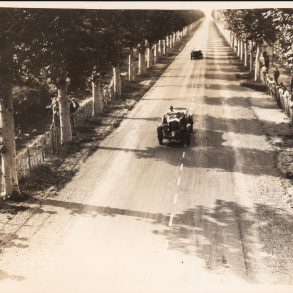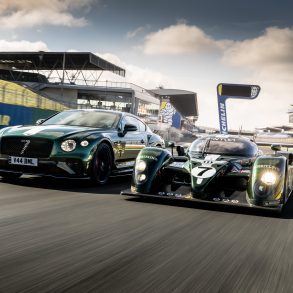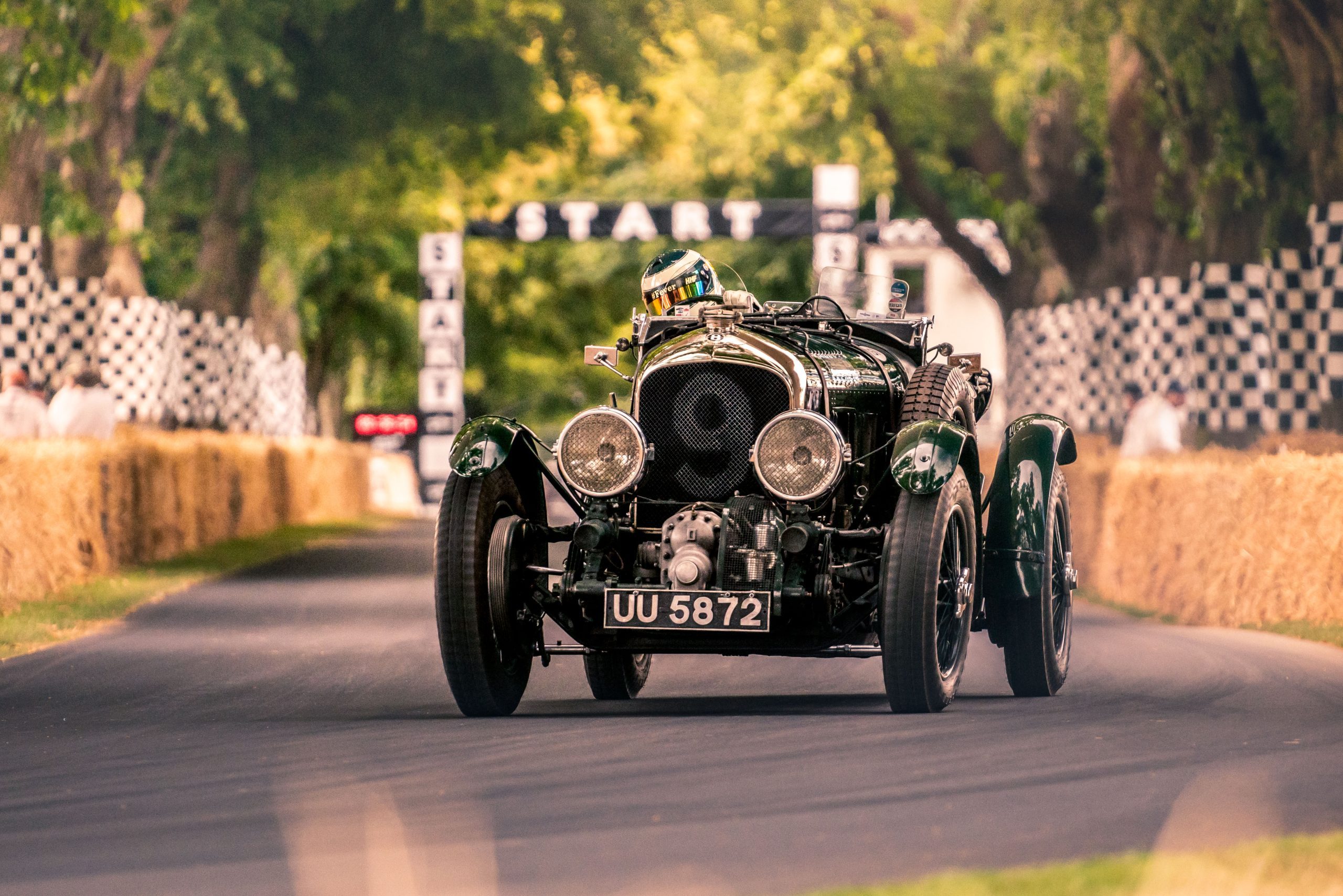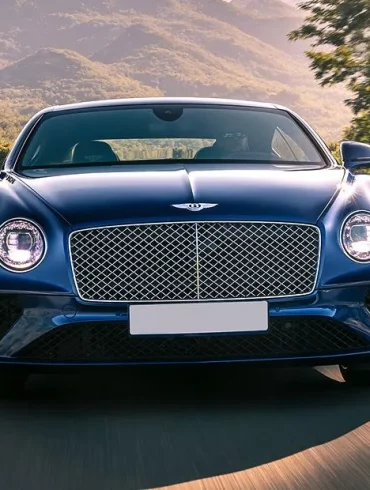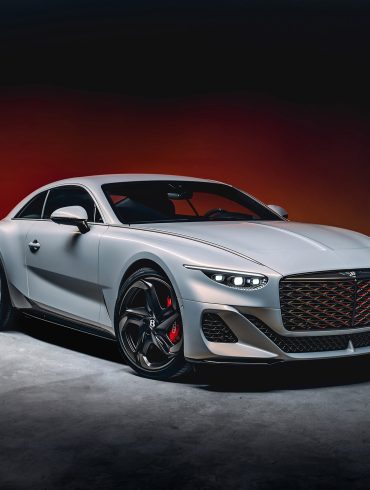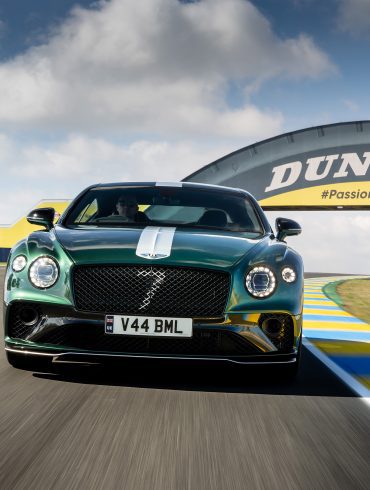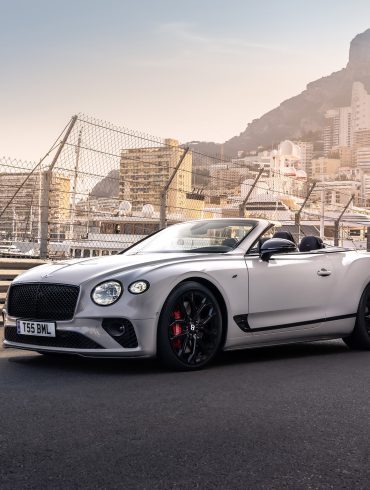Bentley wants to add a third consecutive victory to their Pikes Peak performance, they already managed the Production SUV record and the Production Car record in 2018 and 2019, and now want to tackle the Time Attack 1 record with a very special, bespoke built race car driven by former...
Bentley Race Cars
In 1919, W.O. Bentley, an engineering genius obsessed by speed, focused on his dream of creating a car bearing his name. WO was a decent driver, good enough to come fourth in one of his own cars in the 1922 Tourist Trophy, but not a great. And even though his cars won Le Mans five times in seven years between 1924 and 1930, it was quality he sought most. In an era when normal cars were rickety, inexactly constructed and often highly unreliable jalopies, Bentley built cars that would travel tens of thousands of miles without so much as blowing a bulb. The strip-down report on one of the Le Mans-winning engines read, in its entirety, ‘nothing to report’. Since then, its six victories at Le Mans have infused the marque with romance, spirit, and flair, a history intertwined with racing.
Full Model List / Models In-Depth / Image Gallery / Best Bentley Race Cars
Bentley Race Car List
Bentley solidified its performance heritage at the 24 Hours of Le Mans, winning the prestigious race in 1924, 1927, 1928, 1929, 1930 and in 2003. W.O Bentley was clear in his reasons for supporting motor racing – gaining publicity, generating sales and establishing the Bentley marque. In 1923, W.O. worked with “Bentley Boy” John Duff to prepare his Bentley and lent him the Bentley Works driver Frank Clement for the 24 hour endurance race. Each year Bentley improved their engines, pit procedures and team discipline. In 2003, 73 years after Bentley’s last win at Le Mans, two Bentleys entered the epic 24 hour endurance race. At 4pm on Sunday June 15, the two Bentley Speed 8s came in first and second at Le Mans, almost 83 years to the day that the two Speed Sixes had achieved the same. And in September of 2012, the Continental GT3 race car was unveiled, the first new Bentley race car in a decade and it has begun its long-term journey of adding to Bentley’s distinguished heritage. The Continental GT3 builds on Bentley’s early philosophy of developing race cars from their road-going counterparts.
Bentley EXP2 (1921)
Bentley Speed 6 Works Car (1929)
Bentley Speed 6 (1930)
Bentley EXP Speed 8 (2001)
Bentley Speed 8 (2003)
Bentley Continental GT3 (2013)
Bentley Continental GT3 (2018)
Bentley GT3 Pikes Peak (2021)
Best Bentley Race Cars Ever Created
We Pick The Six Greatest Bentley Racing Cars
Motorsport has been at the heart of Bentley throughout its 100+ years. In 1921, just two years after the first Bentley prototype was revealed, it was racing at the world famous 24 Hours of Le Mans. Today, Bentley races with the Continental GT3, it’s most dynamic and powerful race car based on its most advanced road car yet. Designed by Bentley at its headquarters in Crewe, the Continental GT3 is raced by the luxury brand’s successful and prestigious teams around the world. Given this rich history, we thought it would be fun to pick the greatest race cars ever produced by Bentley. Here goes.
1. Bentley EXP2
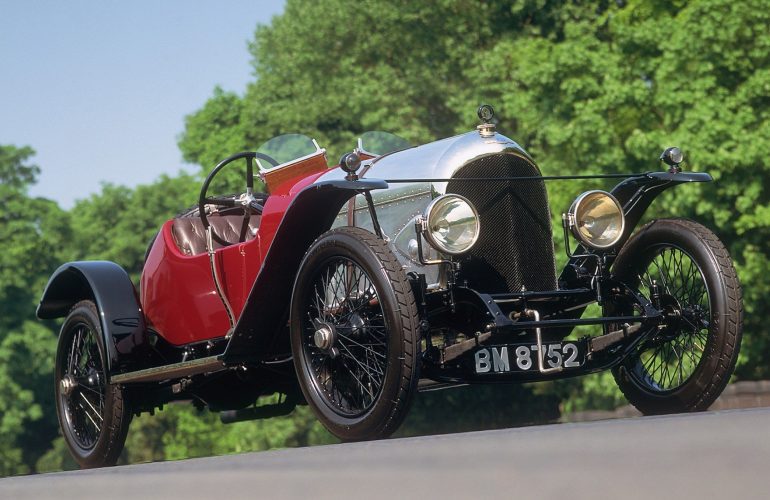
The second Bentley ever to be built, the first to win a race, and now the oldest surviving Bentley around.
Why Is This The Best Bentley Race Car?
Where better to start than right at the beginning? Bentley’s motorsport journey began with the debut of the EXP2 at the 1919 Olympia Motor Show. The car on display was a static model as its engine was still in development (the EXP prefix on Bentley models literally stands for experimental).
The successor to Bentley’s first prototype, the EXP1, which was built in W.O. Bentley’s workshop in New Street Mews, London, the EXP2 built on the successes of the lightweight chassis and 3.0-litre, four-cylinder engine to create one of the most potent racers of its time.
With an output of 175hp, the EXP2 was a formidable machine on the racetrack for its day.
Bentley’s works racer first turned a wheel in anger at Brooklands – famously cited in the name of future Bentleys – with Frank Clement taking victory at the wheel. It won again at the June 1921 Brooklands meeting. In all of its guises it proved incredibly successful, and during its career, EXP 2 amassed 11 wins and 7 second places – a feat almost unheard of in the ‘20s.
2. Bentley EXP Speed 8
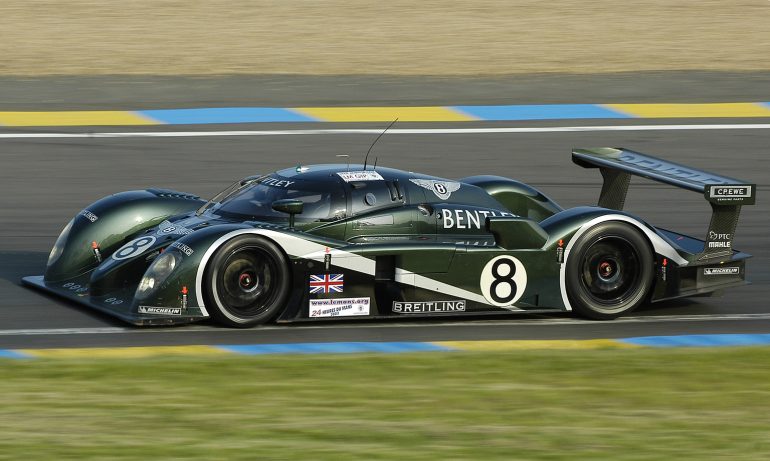
Successful return to motorsport. Victory at Le Mans a highlight of the brands modern racing history.
Why Is This The Best Bentley Race Car?
The Bentley Speed 8 is a Le Mans Prototype racing car that was developed to compete in the 24 Hours of Le Mans. It marked Bentley's return to racing after several decades. The Speed 8 made its debut as the EXP Speed 8 in 2001, evolving from the Audi R8C program that competed at Le Mans in 1999.
In 2003, the car underwent significant revisions and was renamed the Bentley Speed 8. It featured a more advanced aerodynamic package, including a new nose design and improvements to the bodywork to enhance airflow and downforce. The car's livery also changed, adopting a British Racing Green color scheme that paid homage to Bentley's historic racing heritage.
The Bentley Speed 8 was powered by a 4.0-liter turbocharged V8 engine, which was based on Audi's race-proven powerplant but modified for use in the Bentley. The engine was mid-mounted and paired with a rear-wheel-drive layout, offering a balance of power and handling suited to the demands of endurance racing. The car's construction utilized advanced materials, including carbon fiber for the chassis and bodywork, to minimize weight while ensuring strength and rigidity.
The Bentley Speed 8's racing career culminated in 2003 when it achieved an historic victory at the 24 Hours of Le Mans. The team secured a one-two finish, with the No. 7 car driven by Tom Kristensen, Rinaldo Capello, and Guy Smith taking the overall win. This victory marked Bentley's sixth win at Le Mans but the first since 1930, reestablishing the brand's reputation in international motorsport. The win was particularly notable as it demonstrated the effectiveness of Bentley's partnership with Audi and its ability to compete against the best in endurance racing.
3. Bentley Speed Six
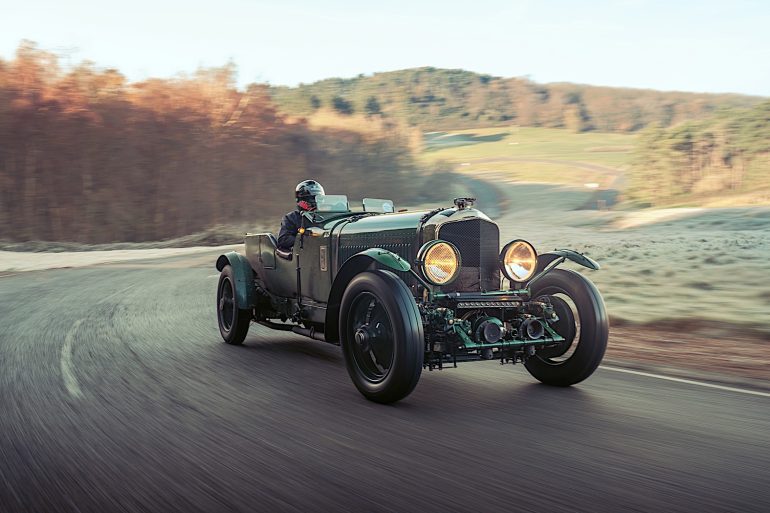
Won the 1929 Le Mans 24 hours in dominant style, the driven by Woolf Barnato and Sir Henry "Tim" Birkin.
Why Is This The Best Bentley Race Car?
The most successful racer in Bentley’s history had come some time before the Speed 8. In the twenties, Bentleys were raced on road and on track by a group of gentleman drivers. The Bentley Boys were notorious for their exploits, taking the fastest cars Bentley had to offer in their day and pitting them against virtually anything they could race, in cross-continental epics that became the stuff of legend.
It’s the Bentley Speed Six that stands out as the most famous of the period. Designed as a more focused racing version of the road going Bentley 6.5-litre, the Speed Six took the chequered flag at Le Mans.
Bentley won the 1929 Le Mans 24 hours in dominant style, the Speed Six driven by company chairman Woolf Barnato and Sir Henry "Tim" Birkin finishing seven laps ahead of a chasing pack of 4.5-liter Bentleys that took second, third and fourth places.
Not content with winning the most prestigious race in the world at the time, Woolf – then Bentley’s chairman – took a Mulliner coach built Speed Six on the road, challenging the famous Blue Train to a race across France.
Despite a puncture and challenging conditions on their overnight jaunt, Woolf and co-driver Dale Bourne reached their club in London before the train drew up to the platform in Calais, taking a £100 bet as the spoils for their achievement.
4. Bentley Continental GT3
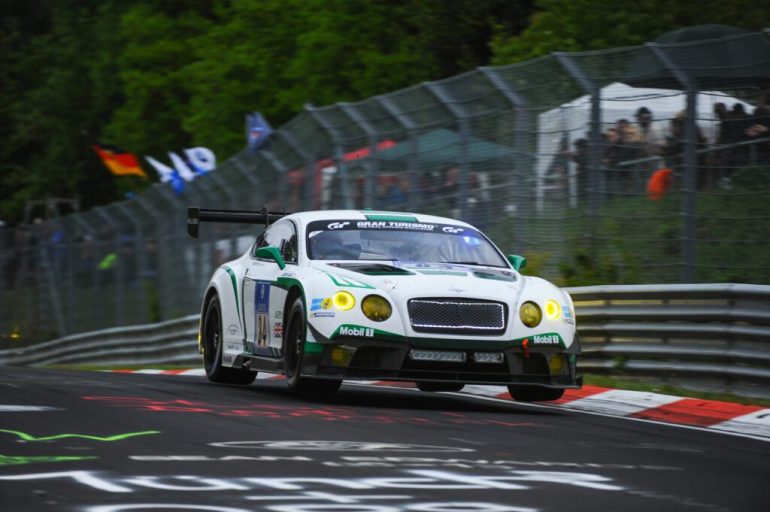
Continental GT3s have played a significant role in reestablishing Bentley's presence in motorsport
Why Is This The Best Bentley Race Car?
The Bentley Continental GT3 represents Bentley's foray back into competitive motorsport, specifically in the GT3 category, which is known for its close-to-production racing cars. Based on the luxurious Continental GT road car, the GT3 versions are stripped-down, race-prepped machines that maintain the essence of their road-going counterparts while being optimized for track performance. Since its introduction, the Continental GT3 has seen a couple of key generations, each building on the success and experience gained from the previous iteration.
The first-generation Bentley Continental GT3 was unveiled in 2013, marking Bentley's return to motorsport after an extended hiatus. Developed in collaboration with M-Sport, the car was based on the second-generation Continental GT road car but underwent extensive modifications for racing. The first-generation Continental GT3 achieved notable success in various championships around the world, including wins in the Blancpain GT Series, and it marked Bentley's return to the 24 Hours of Spa.
The second-generation Continental GT3 was introduced in 2017, based on the third-generation Continental GT road car, and began competing in 2018. This iteration built upon the foundation of the first-gen model, incorporating lessons learned and new technologies. The second-gen model featured further aerodynamic improvements, a more aggressive body kit, and continued weight reduction efforts to enhance performance. The 4.0-liter twin-turbo V8 engine was retained but updated for better reliability and efficiency, crucial for endurance racing success.
The second-generation GT3 continued Bentley's success on the track, competing fiercely in international GT3 competitions, including the Intercontinental GT Challenge and the British GT Championship. The car has shown strong performances in endurance races, including podium finishes at the 24 Hours of Spa.
5. Bentley 4 ½-Litre Supercharged
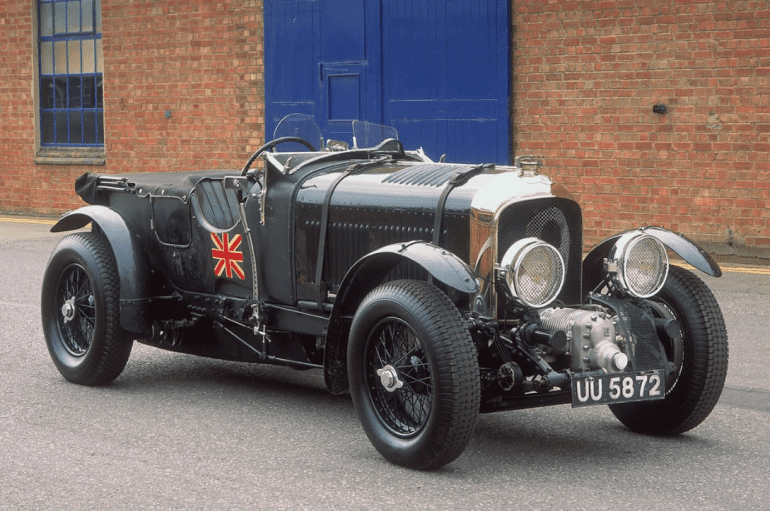
No pre-war Bentley had an impact like the 4½ Litre ‘Blower’ Bentley. Thunderous performance.
Why Is This The Best Bentley Race Car?
For many enthusiasts, the imposing ‘Blower’ Bentley is the iconic racing Bentley of the pre-war years, forever linked with the image of its driver, the dashing Bentley Boy Sir Henry (Tim) Birkin. Ironically, the 4 ½ Litre Supercharged was the least successful of all the Cricklewood Bentleys in competition – and founder W.O. Bentley bitterly opposed its development. But while it lasted, the 4 ½ Litre Supercharged went like a rocket, earning Bentley a legion of fans at every race it entered.
In 1929 Birkin commissioned the production of a series of 4 ½ Litre Bentleys, powered by a supercharger developed by independent engineer Amherst Villiers. Power increased from around 110bhp to 175bhp with the supercharger installation. To meet the requirements of racing rules of the period, 50 production ‘Bentley Blowers’ had to be made; funding for Birkin’s team was provided by the wealthy heiress the Hon. Dorothy Paget. W.O. opposed the idea, saying the supercharger would ‘pervert the engine’s design and corrupt its performance’, but Birkin persuaded Bentley Chairman Woolf Barnato to approve the project. W.O. Bentley was overruled.
The duel between Mercedes-Benz driver Rudolf Caracciola and Sir Tim Birkin at the 1930 Le Mans 24 Hour race has passed into legend. As with many legends it’s hard to separate fact from fiction. For the race, Bentley fielded three team Speed Sixes as well as Birkin’s independent team of supercharged 4 ½ Litre Bentleys. From the start Birkin and Caracciola ran neck and neck, Birkin famously passing the SSK Mercedes on the Hunaudières straight with two wheels on the grass. Neither car lasted the distance, leaving Barnato to take victory with Glen Kidston in a Speed Six, ‘Old Number One’. The Blower’s finest hour arrived in the 1930 French Grand Prix at Pau; amid a field of Bugatti Grand Prix cars, Birkin wrestled the huge Bentley to a heroic 2nd place.
6. "Barnato Hassan Special"
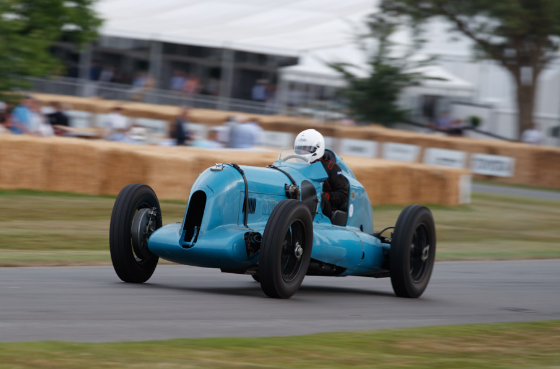
Oliver Bertram lapped Brooklands with it at 143.11 mph.
Why Is This The Best Bentley Race Car?
Walter Thomas Frederick "Wally" Hassan is probably best known for his work developing ERA race cars and production Jaguar engines, but his first job was with Bentley where he worked his way up from sweeping floors as a teenager to the brand's number-one mechanic in his twenties, servicing its best-known race cars.
After the demise of the Old Company, Wally Hassan worked for Barnato maintaining and building his racing cars. The Bamato-Hassan Special was first built in 1933 around the 6 1/4 Litre engine of 'Old No. 1' on a special chassis frame to Hassan's design, using a variety of Bentley bits from the Kingsbury Service Station and new parts, with outrigged rear springs and Lockheed brakes.
Finished in 1934 the car was almost invariably driven by Oliver Bertram, an up-and-coming barrister, as Barnato had finally been put off Brooklands racing by Clive Dunfee's fatal accident in the 1932 500 Miles Race. The 6 1/2 Litre engine threw a rod in the 1934 500 Miles Race and was replaced by a new 8 Litre engine No. BH 1.
In this form Bertram raised the lap record to 142.60 mph before Cobb's Napier-Railton raised it to 143.44 mph, which was never beaten. Rebuilt in 1936 as a single-seater with centralised steering, Bertram's fastest lap in this form was 143.11 mph in 1938; the all-up weight having been reduced to 29 cwt by, among other changes, the removal of the front brakes. However, the car was defeated by the handicappers, and Barnato, being of the opinion that the fastest car should win, became disenchanted. An attitude of mind doubtless prompted by the demolishing of a set of Dunlop Track tyres at every meeting!


